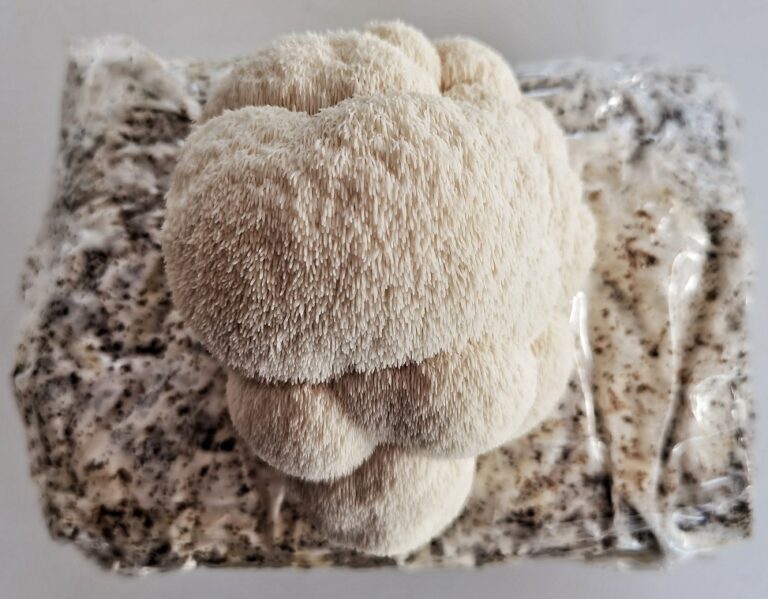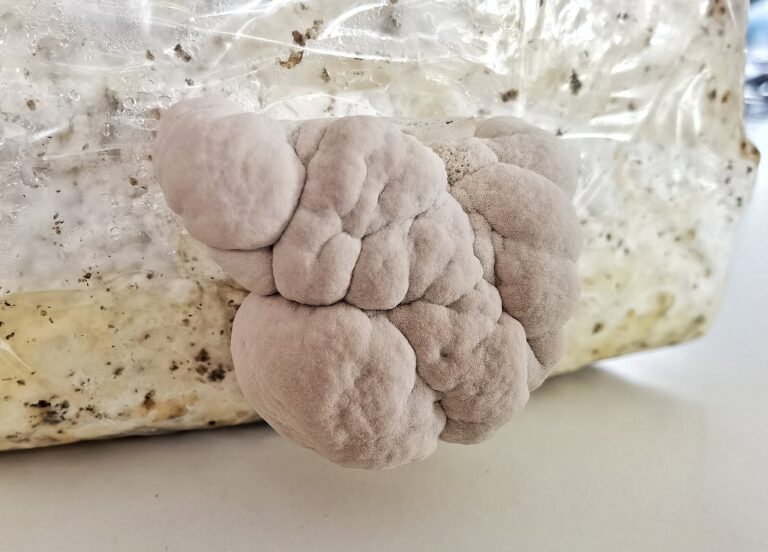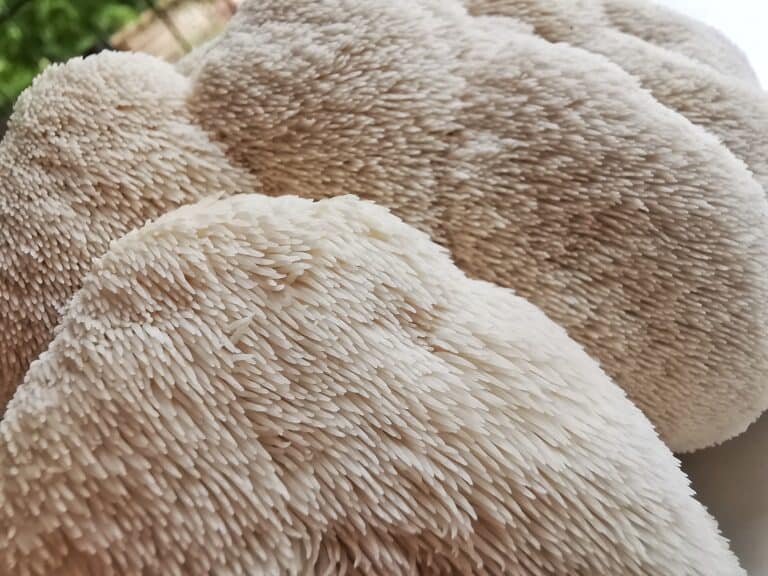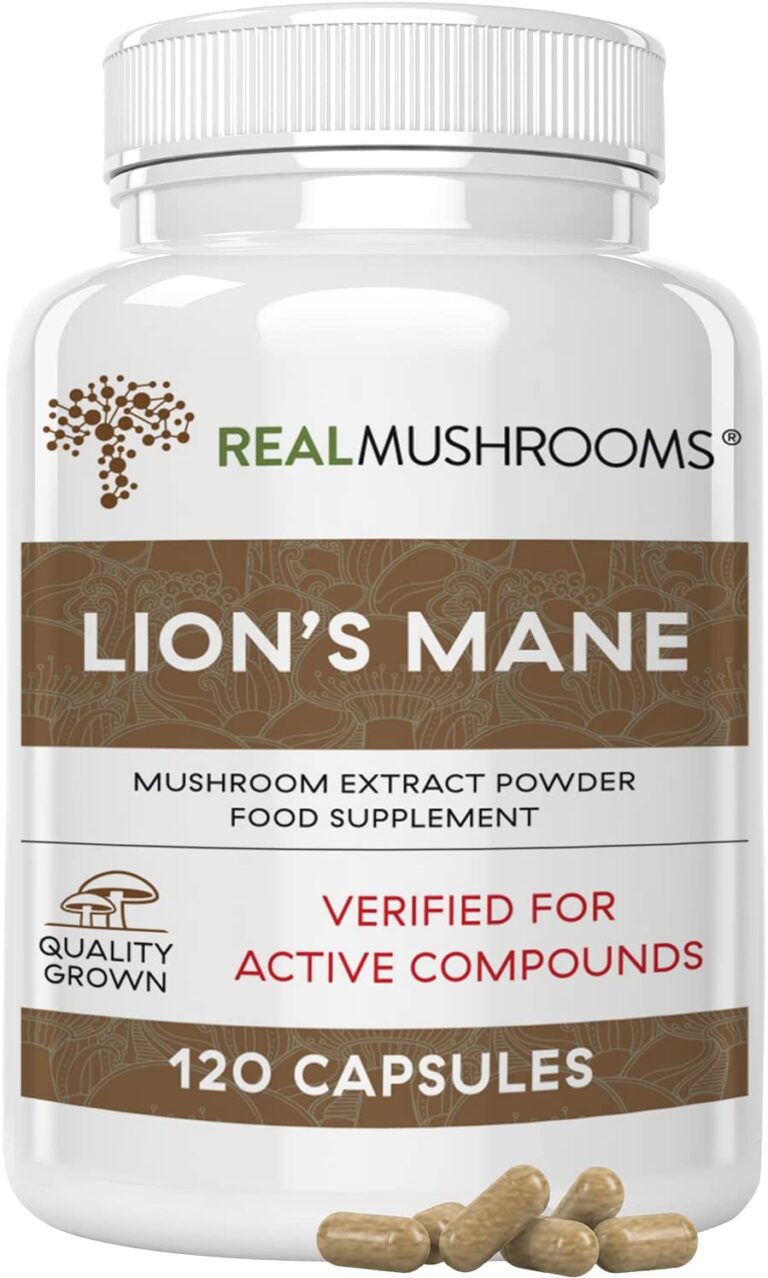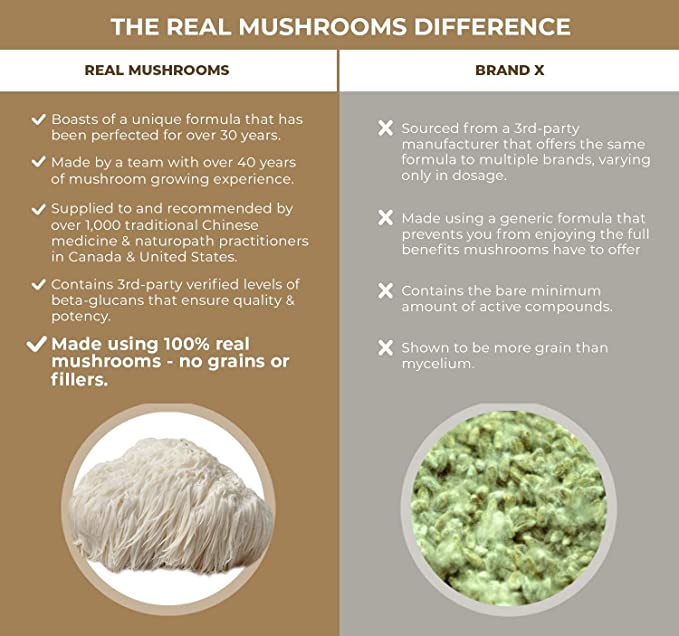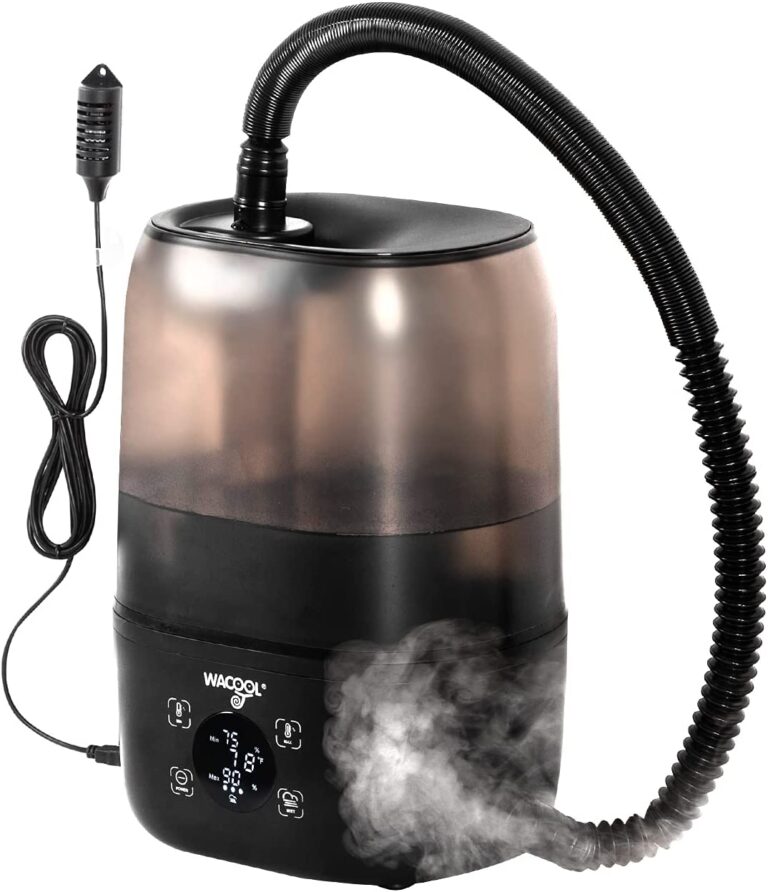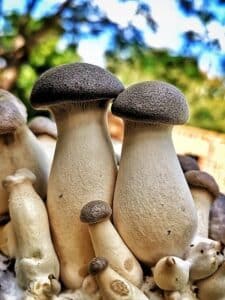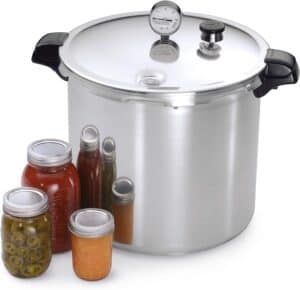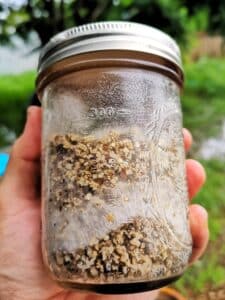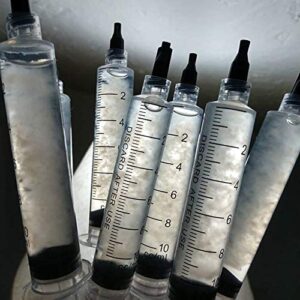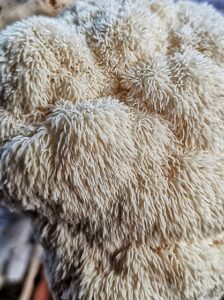Learn all about the lion’s mane mushroom, its growing conditions, the appearance and growth of its mycelium, humidity requirements and why it’s in high demand for both its culinary and therapeutic qualities.
What Is Hericium?
Hericium is a genus of edible mushrooms that are commonly eaten around the world. Hericium erinaceus, coralloides and americanum are the most commonly cultivated species. These are also known as lion’s mane, monkey head, bear’s head, coral tooth, coral spine or even pompom mushroom amongst other names.
Hericium erinaceus has recently garnered a lot of attention due to its potential therapeutic uses. A number of studies focusing on the mushroom’s effect on nerve growth factor have been the source of great interest demonstrating the potential for use to treat degenerative brain disorders such as Parkinsons, Alzheimers, Dementia and ALS. More research is yet to come to confirm its efficacy in in-vivo human studies
What Does Lion's Mane Taste Like?
Lion’s mane is valued for its unique webbed structure which when cooked results in a fibrous, meat-like texture. It’s mild umami flavour resembles that of chicken or lobster making it a wonderfully versatile meat substitute.
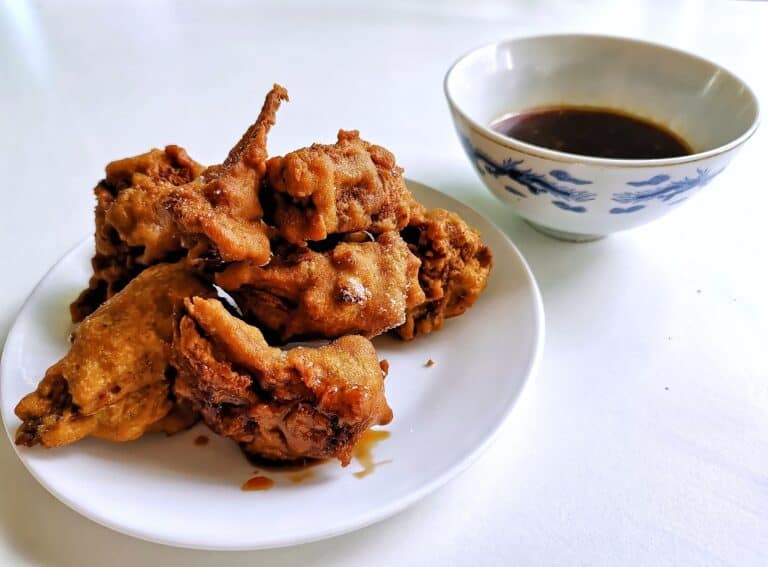
What Substrate Does Hericium Grow On?
Hericium must be cultivated with a hardwood substrate. Although lion’s mane can be grown outdoors on logs that have been inoculated with dowels, it is more commonly grown in hardwood fruiting blocks.
Hardwood fruiting blocks are made from a mixture of hardwood sawdust or hardwood fuel pellets (HWFP) and supplementation. Generally the added supplementation will require that the substrate is sterilised in a pressure cooker being being inoculated while adhering to aseptic technique
Opening A Lion's Mane Grow Kit
Once fully colonised the lion’s mane fruiting block can be opened to expose substrate to fresh air and humidity which will assist in triggering the formation of primordia.
Lion’s mane primordia will ideally form at temperatures below 22 degrees Celsius however they will often form at higher temperature providing that evening temperatures are below 22 degrees.
A small opening can either be made where the substrate appears darker or on top where the substrate has begun to whiten and form a layer or primordia.
Applying tape to restrict airflow can ensure that the mushrooms grows through the hole towards the fresh air. Smaller openings will often produce larger, rounder more aesthetically pleasing fruits.
Lion’s mane can be either top or side-fruited. We recommend positioning the block to fruit from the side for best air flow.
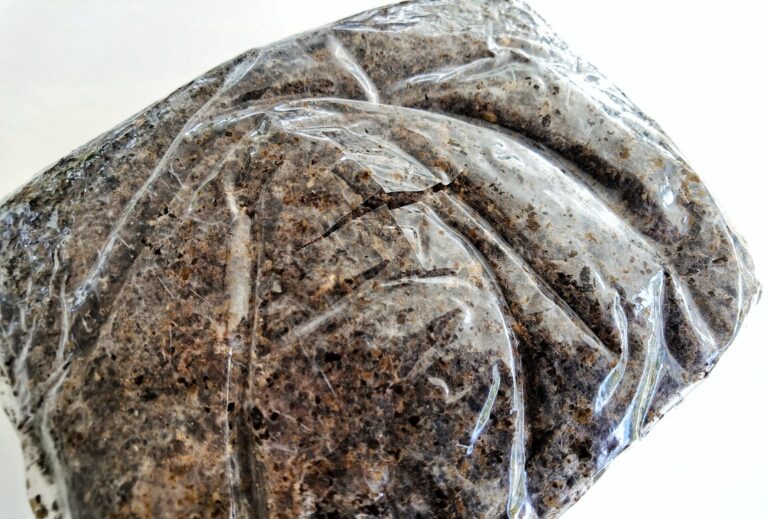
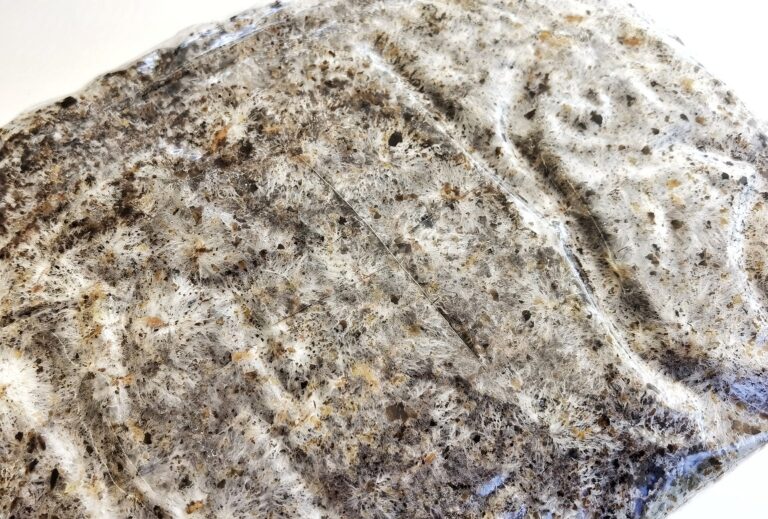
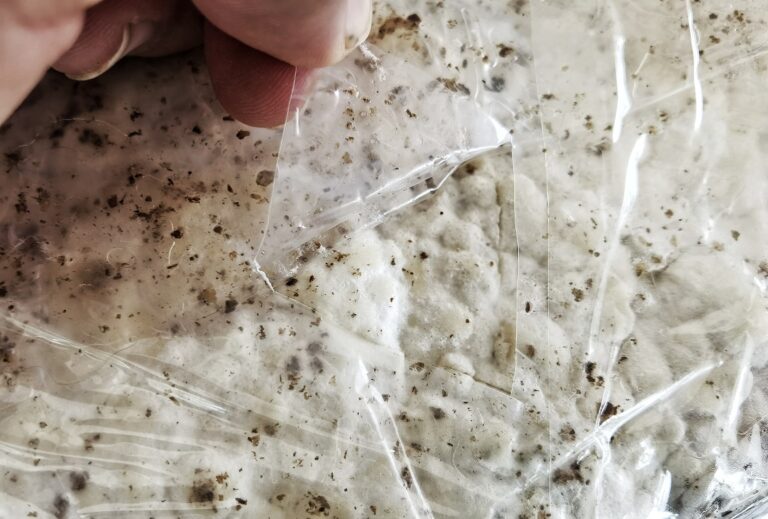
Lion's Mane Mycelium Appearance
Lion’s mane mycelium is much finer and less opaque than other commonly grown gourmet fungal species.
The mycelium will often thicken and develop an opaque, white layer where it makes most contact with fresh air. This is due to the formation of primordia, this layer of primordia can be removed prior to using the grain spawn.
Maturing grain spawn will often produce yellow, liquid metabolites which are a natural byproduct of the mycelium.
Due to the fine structure of lion’s mane mycelium recently colonised grain spawn will often appear underdeveloped after being shaken, however the grains will remain inoculated and ready for use.
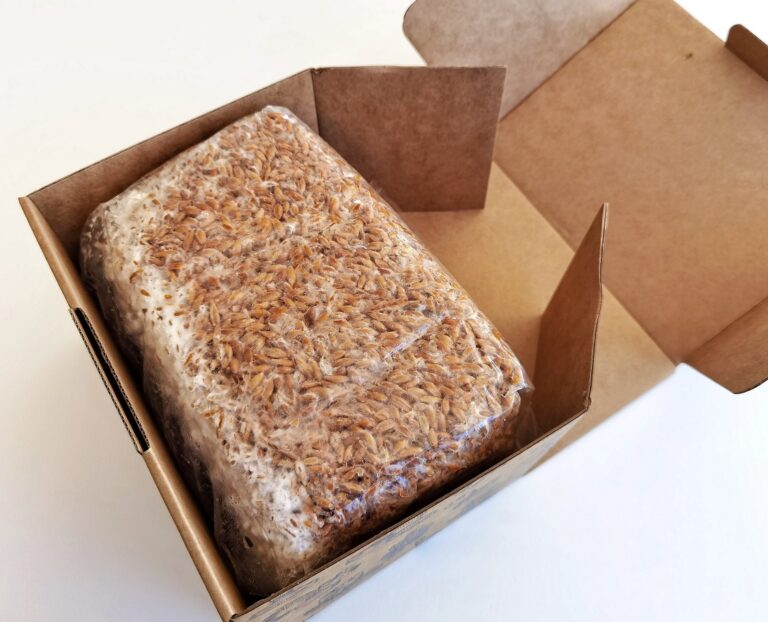
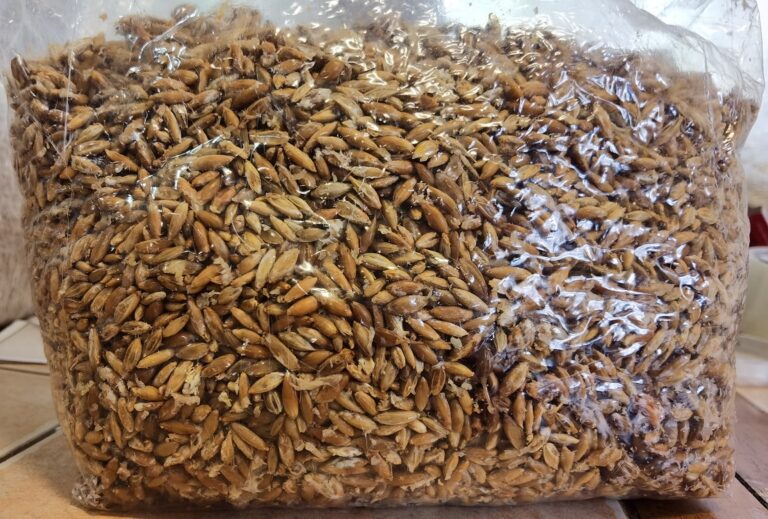
Making A Fruiting Chamber
Mushrooms require humidity to grow. We recommend using a mini-greenhouse. Spraying the inside walls of the greenhouse will help raise humidity. A cheap humidifier can used to automate the process.
It’s important to ensure that the grow kit has fresh air exchange. Mushrooms produce carbon dioxide and will grow long and leggy if they require more oxygen.
Check the product pages for species specific requirements.
Alternatively you can build a Shotgun Fruiting Chamber (SGFC) from a few common items found easily in your local hardware store.
Using A Humidifier
Humidity can be managed through a diligent misting and fanning regime, however the introduction of a humidifier and humidity controller can help automate the process and ensure consistency.
Adding a 6L humidifier and controller to a greenhouse with the addition of a USB fan is a quick and easy way to make a low cost fruiting chamber that delivers excellent results.
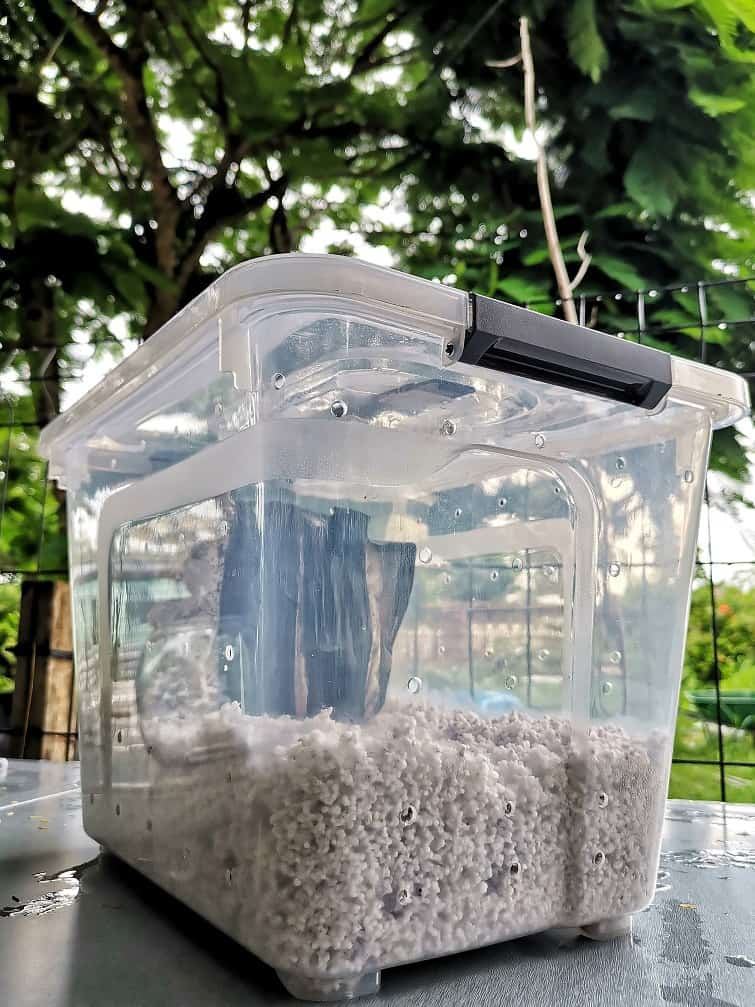
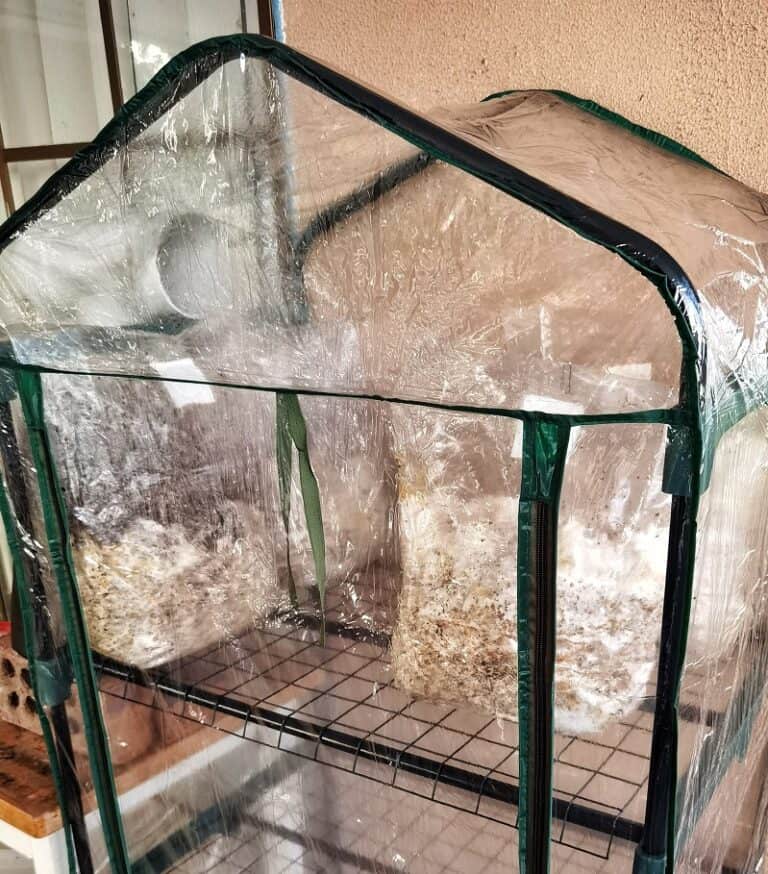
Hericium Spawn Run
Lion’s mane may be generally grow slower than oyster mushroom species but colonisation times are greatly increased by using a supplemented substrate. Full colonisation may occur within 10 – 14 days with primordia often developing within the bag.
The mycelium may appear fine and difficult to identify.
Hericium Pinning Conditions
Lion’s mane will form firm, round, white protuberances called primordia, or pins when temperatures are below 22 degrees Celsius.
Lion’s mane will generally begin forming primordia within the humid conditions of the sealed bag if left unattended. The primordia can be released and exposed to fresh air and humidity for it to develop into a fruiting body or mushroom.
Ensure that the fruiting block is exposed to humidity over 80% with temperatures below 22 degrees Celsius if pinning not occur.
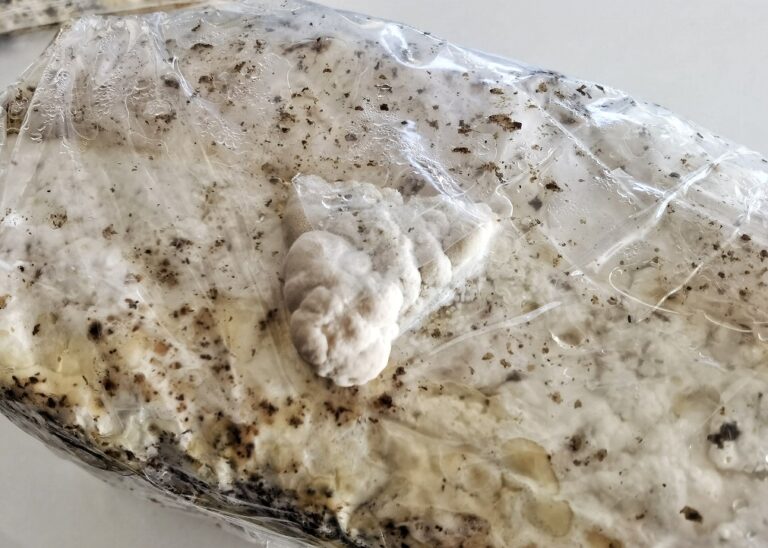
Hericium Fruiting Conditions
Fruiting conditions revolve around temperature, humidity & fresh air exchange.
Lion’s mane will fruit at temperatures between 15 – 30 degrees Celsius.
Humidity needs to be kept over 80% to allow the mushrooms to grow large & healthy. Dry, cracked & leathery & discoloured mushrooms often indicate a need to increase humidity. Humidity can be increased via indirect misting or the use of a humidifier or simple fruiting chamber.
Fresh air exchange refers to the amount of fresh air moving around the grow kit. Mushrooms will exhale carbon dioxide which can accumulate within the fruiting. Mushrooms growing long, stretched and deformed often indicate a need to increase the amount of fresh air exchange.
Please note that increasing fresh air exchange can often directly reduce humidity. Follow the link below to learn more about making a low cost fruiting chamber for maintaining optimum fruiting conditions.
